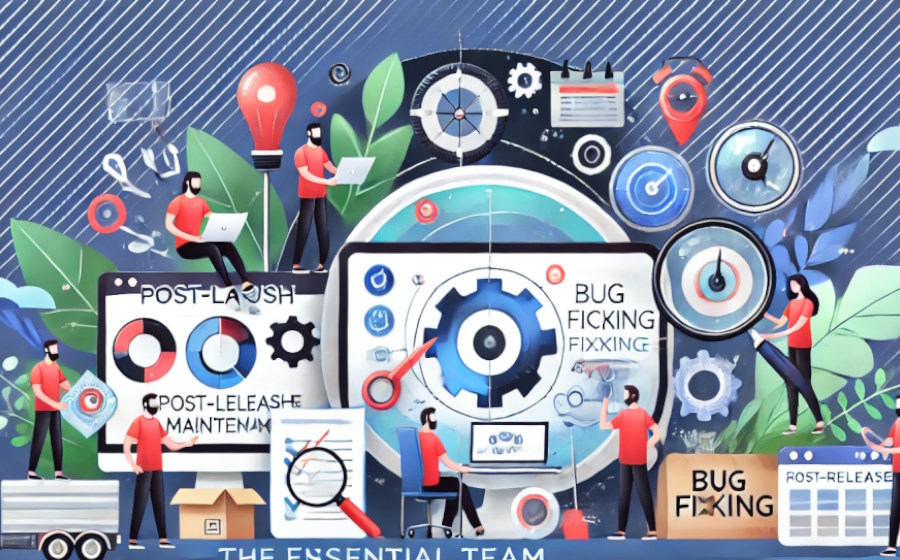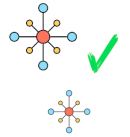
The Essential Team for a Successful Redesign Project: Post-Release and Maintenance Phase
In the final article of our series on the essential team members for a successful website redesign project, we focus on the Post-Release and Maintenance Phase. After the launch of your website, this phase ensures that the site remains functional, secure, and up-to-date. The involvement of the original development team is crucial immediately post-launch to address any bugs or issues that may arise. Beyond this period, the ongoing maintenance and further development plans depend on the complexity of the website and the availability of in-house staff.
Immediate Post-Release Maintenance
Key Activities
Bug Fixing:
- Purpose: Address any issues or bugs that are discovered post-launch.
- Responsibilities: The original development team is best suited to fix these issues quickly due to their familiarity with the project.
Monitoring and Optimization:
- Purpose: Ensure the website is performing optimally and monitor for any security vulnerabilities or performance issues.
- Responsibilities: Developers should set up monitoring tools to track website performance and security.
Key Roles
Developers:
- Front-End and Back-End Developers: Responsible for addressing bugs and performance issues as they arise.
- DevOps Engineers: Monitor server performance, uptime, and security.
Quality Assurance (QA) Testers:
- Purpose: Conduct thorough testing to identify any issues that were not discovered before launch.
- Responsibilities: Perform regression testing and report any bugs to the development team for immediate resolution.
Long-Term Maintenance and Development
Planning for Long-Term Support
Assessing Complexity and Needs:
- Purpose: Determine the level of ongoing support required based on the complexity of the website and anticipated future development needs.
- Responsibilities: Evaluate the need for ongoing development versus regular maintenance.
Training In-House Staff:
- Purpose: Equip your in-house team with the skills needed to maintain and develop the website.
- Responsibilities: Provide training on Umbraco CMS, custom development, and headless client management.
Cross-Training:
- Purpose: Ensure that staff can handle both CMS customization and front-end development.
- Responsibilities: Train staff on creating new document types in Umbraco, customizing Umbraco, and modifying the headless client.
Key Roles
In-House Developers:
- Training Needs: Must be trained in Umbraco CMS and headless technologies like Next.js.
- Responsibilities: Handle routine maintenance, minor updates, and small-scale development tasks.
External Consultants:
- Purpose: Provide additional support and expertise for complex issues or large-scale development.
- Responsibilities: Assist with major updates, integrations, and advanced troubleshooting.
Training and Cross-Training
Training Programs:
- Purpose: Develop training programs to upskill in-house staff on necessary technologies.
- Responsibilities: Organize workshops, online courses, and hands-on training sessions.
Cross-Training Strategy:
- Purpose: Ensure that the team can manage both back-end and front-end tasks.
- Responsibilities: Implement a cross-training program that covers key aspects of Umbraco customization and headless client development.
Conclusion
The Post-Release and Maintenance Phase is essential for ensuring the longevity and success of your redesigned website. Initially, the original development team plays a critical role in addressing immediate issues post-launch. For long-term maintenance, the involvement of in-house staff, supplemented by external consultants as needed, is vital. Training and cross-training programs can equip your team with the skills necessary to manage and develop the website effectively, ensuring it continues to meet business needs and user expectations.



